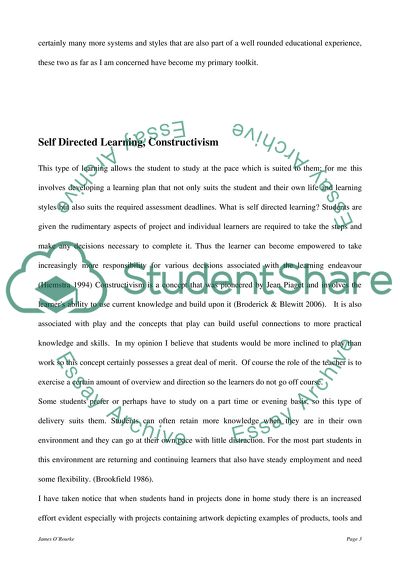Cite this document
(The Successful College Learner Article Example | Topics and Well Written Essays - 5000 words, n.d.)
The Successful College Learner Article Example | Topics and Well Written Essays - 5000 words. https://studentshare.org/education/1710964-the-successful-college-learner
The Successful College Learner Article Example | Topics and Well Written Essays - 5000 words. https://studentshare.org/education/1710964-the-successful-college-learner
(The Successful College Learner Article Example | Topics and Well Written Essays - 5000 Words)
The Successful College Learner Article Example | Topics and Well Written Essays - 5000 Words. https://studentshare.org/education/1710964-the-successful-college-learner.
The Successful College Learner Article Example | Topics and Well Written Essays - 5000 Words. https://studentshare.org/education/1710964-the-successful-college-learner.
“The Successful College Learner Article Example | Topics and Well Written Essays - 5000 Words”. https://studentshare.org/education/1710964-the-successful-college-learner.


